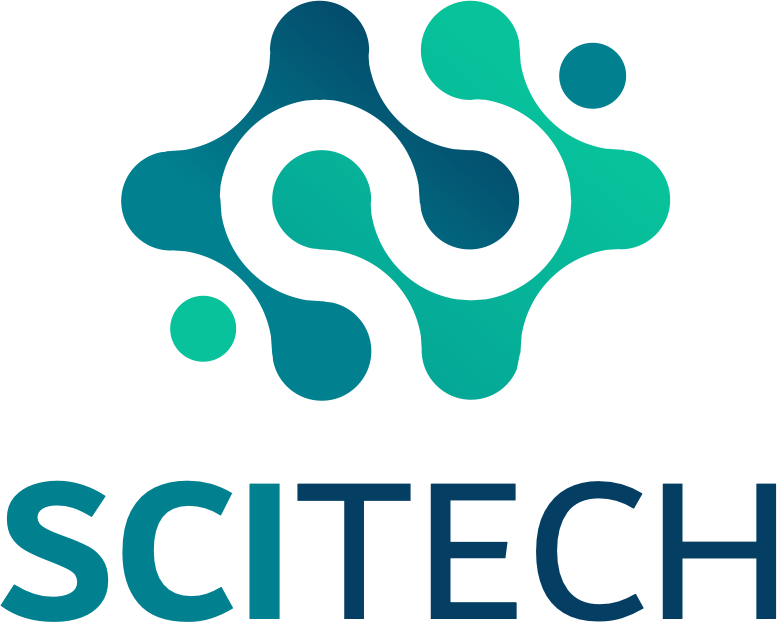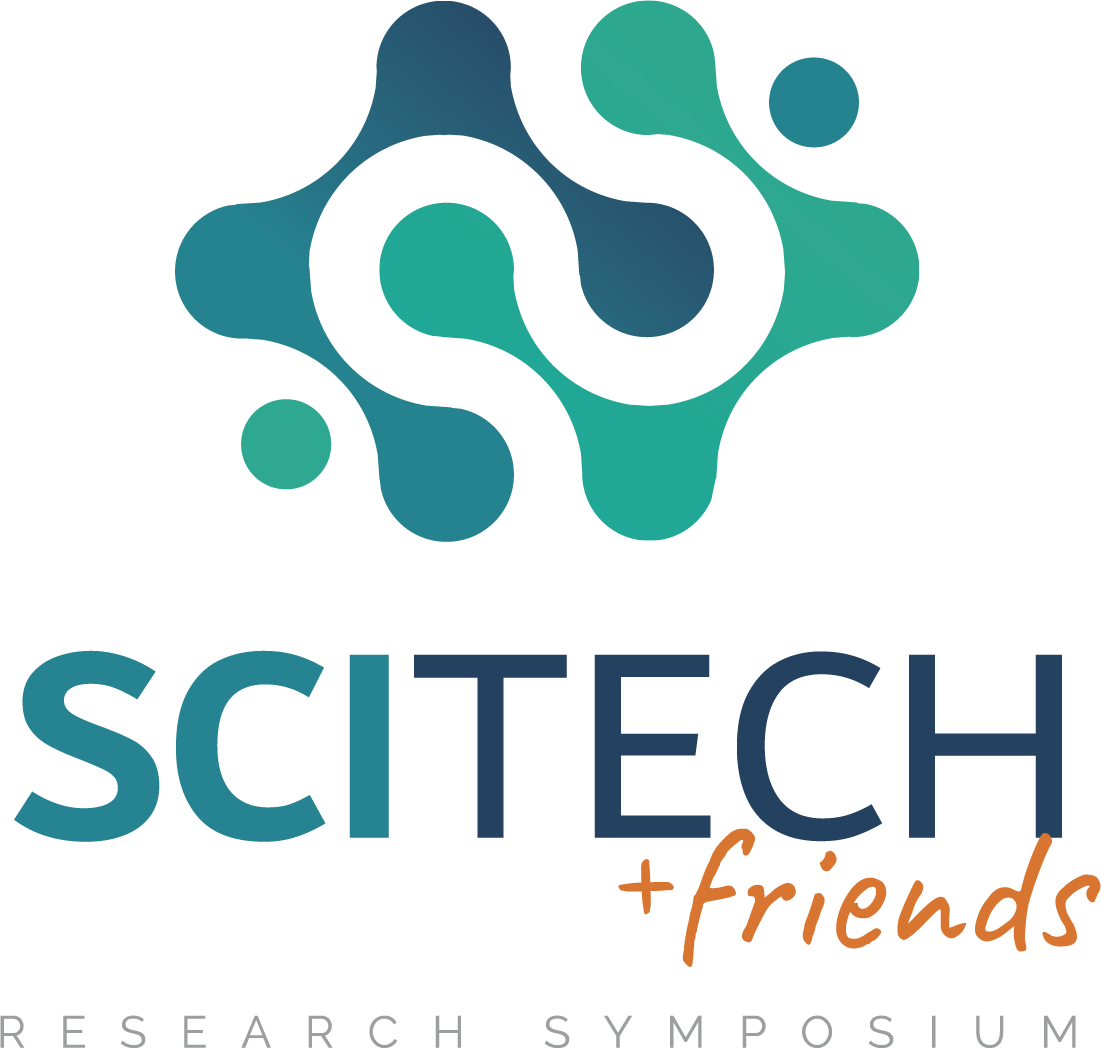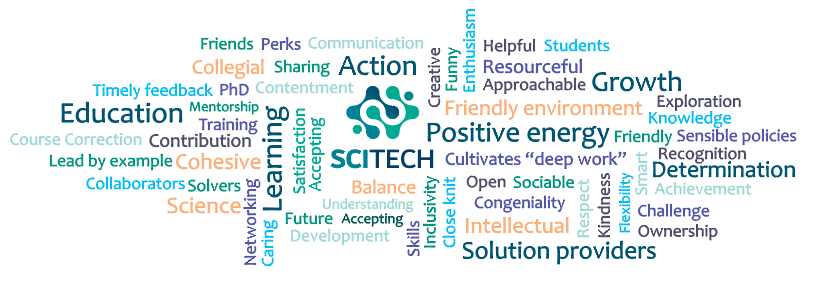Scitech at Supercomputing21
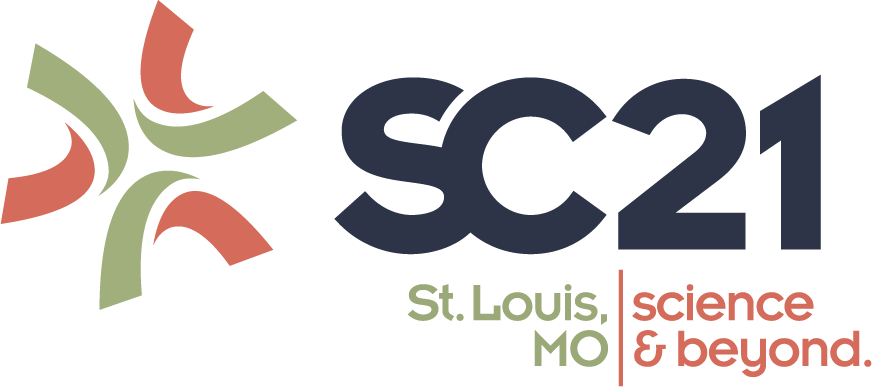
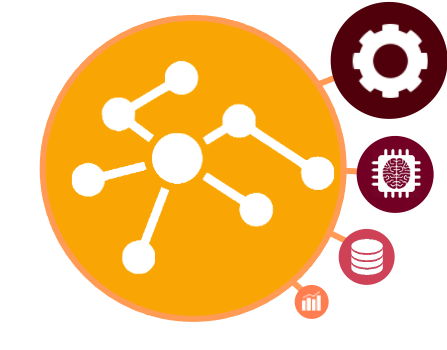
Members of the SciTech group have recently presented their latest research in the WORKS Workshop at Supercomputing 21 in St. Louis Missouri. Presentations covered a range of topics including GPU monitoring, machine learning workflows, and science gateways. You can read more about these research efforts below.
A Lightweight GPU Monitoring Extension for Pegasus Kickstart
Authors. George Papadimitriou (USC ISI), Ewa Deelman (USC ISI)
Description. This presentation presents a lightweight tool to capture monitoring information from Nvidia GPUs. The tool is an extension of the Pegasus Kickstart wrapper designed for monitoring CPU-based workflow jobs.
A Performance Characterization of Scientific Machine Learning Workflows
Authors. Patrycja Krawczuk (USC ISI), George Papadimitriou (USC ISI), Ryan Tanaka (USC ISI), Tu Mai Anh Do (USC ISI), Srujana Subramanya (USC ISI), Shubham Nagarkar (USC ISI), Aditi Jain (USC ISI), Kelsie Lam (USC ISI), Anirban Mandal (RENCI), Loic Pottier (USC ISI), Ewa Deelman (USC ISI)
Description. Scientific workflows are one of the well-established pillars of modern large-scale computational science. More recently, scientists have started to leverage machine learning (ML) capabilities in their workflows, leading to a new category of scientific workflows, denoted as scientific ML workflows. ML is not only about training and inference, modern ML workflows also involve complex data processing steps before the training can start, which are not often accounted for in most performance studies. In this work, we consider scientific ML workflows, from data pre-processing to training, inference, and model evaluation. We aim to explore (i) how scientific ML workflows differ from more traditional scientific workflows and; (ii) how we can characterize ML workflows both in terms of execution time and data movements when executing on an exemplary cloud platform. We select three representative workflows, ranging from image classification to natural language processing and image segmentation, which have been executed using the academic cloud platform, Chameleon. We build four realistic deployment scenarios for each workflow, which stress data movements during workflow executions. Then, we compare the performance observed when utilizing these different configurations and study how different settings impact overall workflows performance and efficiency when running on cloud infrastructures. Finally, we summarize our findings and discuss performance impacts when augmenting scientific workflows with ML techniques and how traditional workflow management systems can improve their support for such workflows.
VisDict: Enhancing the Communication between Workflow Providers and User Communities via a Visual Dictionary
Authors. Sandra Gesing (Discovery Partner Institute, University of Illinois Chicago), Rafael Ferreira da Silva (USC ISI), Ewa Deelman (USC ISI), Michael Hildreth (University of Notre Dame), Mary Ann McDowell (University of Notre Dame), Natalie Meyers (University of Notre Dame), Ian Taylor (University of Notre Dame), Douglas Thain (University of Notre Dame)
Description. Workflows have proved to be an excellent medium for representing scientific methods and for enhancing the efficiency and reproducibility of computational tasks. There is a strong need for close collaboration and intensive communication with domain scientists to successfully translate high-impact scientific methods into workflows. While there is a trend to make workflow editors and workflow dashboards as intuitive as possible, there is a lack of tools that support direct communication between scientists and workflow providers. The envisioned VisDict science gateway addresses this gap by providing a visual dictionary, translating terms, jargon, and concepts between research domains and workflow providers. The goal is to avoid misunderstandings, i.e. resulting from using the same word in different meanings such as the term ’experiment‘.

